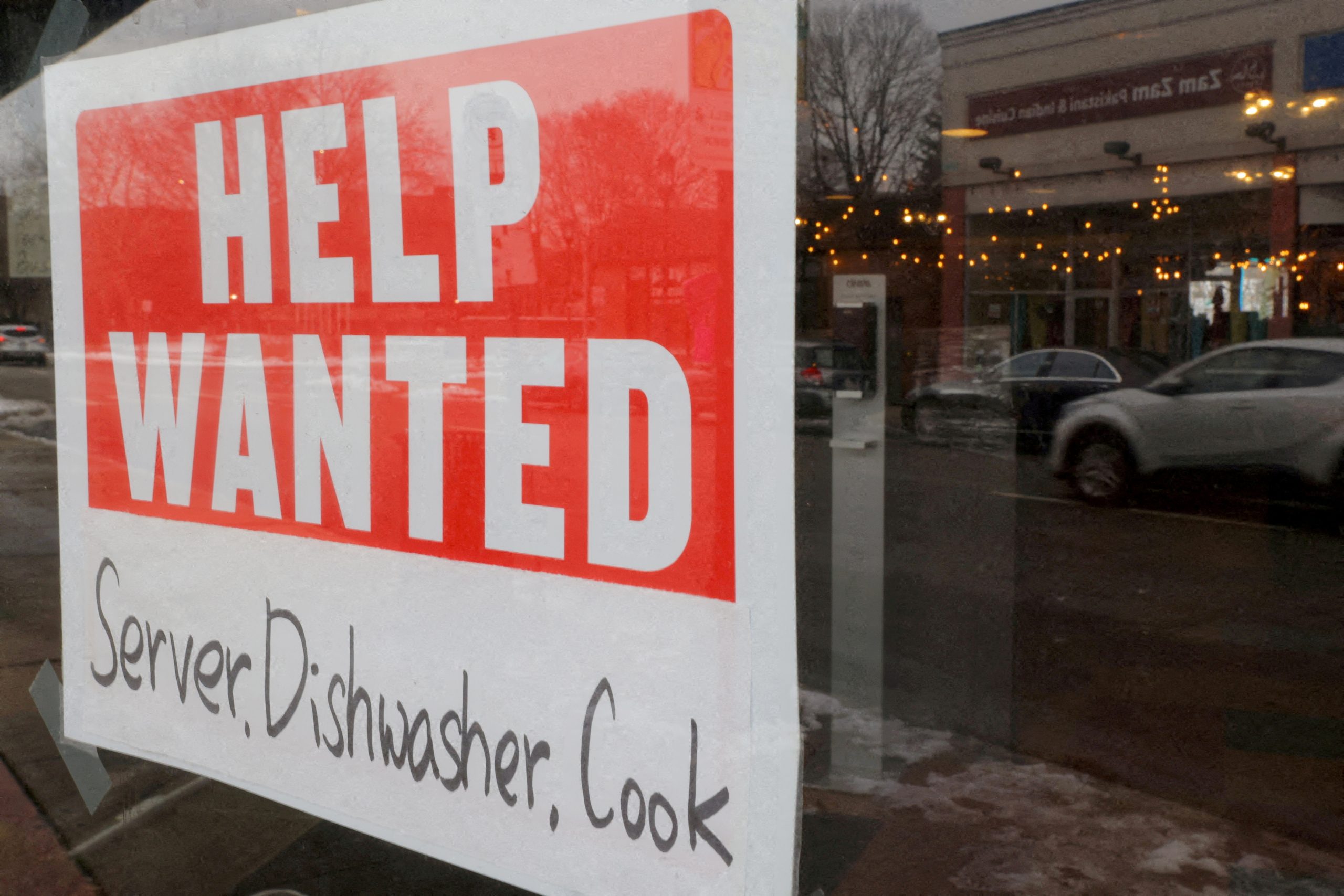
UCLA Anderson Forecast 2025 Q3 Report
Unemployment Slows, Inflation Rebounds
Policy Shifts Add to Uncertainty
Medium-Term Recovery Expected
Amid slowing job growth, a rebound in inflation, and shifts in Federal Reserve policy, the U.S. and California economies are expected to face a delayed recovery, with a sustained rebound not likely until late 2026, according to a new outlook.
The UCLA Anderson Forecast, released this month, said the national economy is entering a fragile phase just short of a recession. California, in particular, has already entered a contractionary period, with the prospect of recovery pushed back to the end of next year.
The report pointed to Federal Reserve Chair Jerome Powell’s policy pivot toward prioritizing employment—dubbed the “Powell Pivot”—warning that a looser monetary stance could risk a mild stagflation, a period of both elevated unemployment and inflation. More concerning, the study noted, would be the erosion of the Fed’s political independence, which could deepen stagflationary pressures.
Economic signals highlight this precarious outlook. Nonfarm employment declined in June, while the Consumer Price Index (CPI) climbed 4.8% year-over-year in August. The jobless rate remains relatively low at 4.3%, but job growth is concentrated in sectors such as healthcare and education. The Forecast projects unemployment to rise to 4.6% by early 2026, before a gradual recovery takes hold later in the year. By the fourth quarter of 2026, growth is expected to reach 2%, a faster pace than previously projected.
California’s situation is more acute. The state’s unemployment rate has already surpassed 5% in 2025, with key industries—including technology, durable goods manufacturing, entertainment, and logistics—slowing or contracting. The Forecast expects California’s economy to remain weak through 2025, begin recovering by late 2026, and then outpace the national average in 2027 as manufacturing, construction, and technology rebound.
The state’s unemployment rate is projected to peak at 6.2% in early 2026, falling to 4.6% by 2027. Housing construction, however, is expected to remain constrained by high interest rates and labor shortages, with annual new permits hovering around 117,000 through 2027—far below what is needed to ease California’s housing crisis.
“Short-term risks of recession remain elevated, but in the medium term, both the U.S. and California economies will return to a growth trajectory,” the report stated. “Nevertheless, persistent housing shortages and structural labor market issues remain critical challenges.”




![Trump Used Social Security Data to Build Immigration Tracking System U.S. President Donald Trump speaks during the National Republican Congressional Committee dinner at the National Building Museum in Washington on April 8. [REUTERS]](https://www.koreadailyus.com/wp-content/uploads/2025/04/0409-Trump-100x70.jpg)